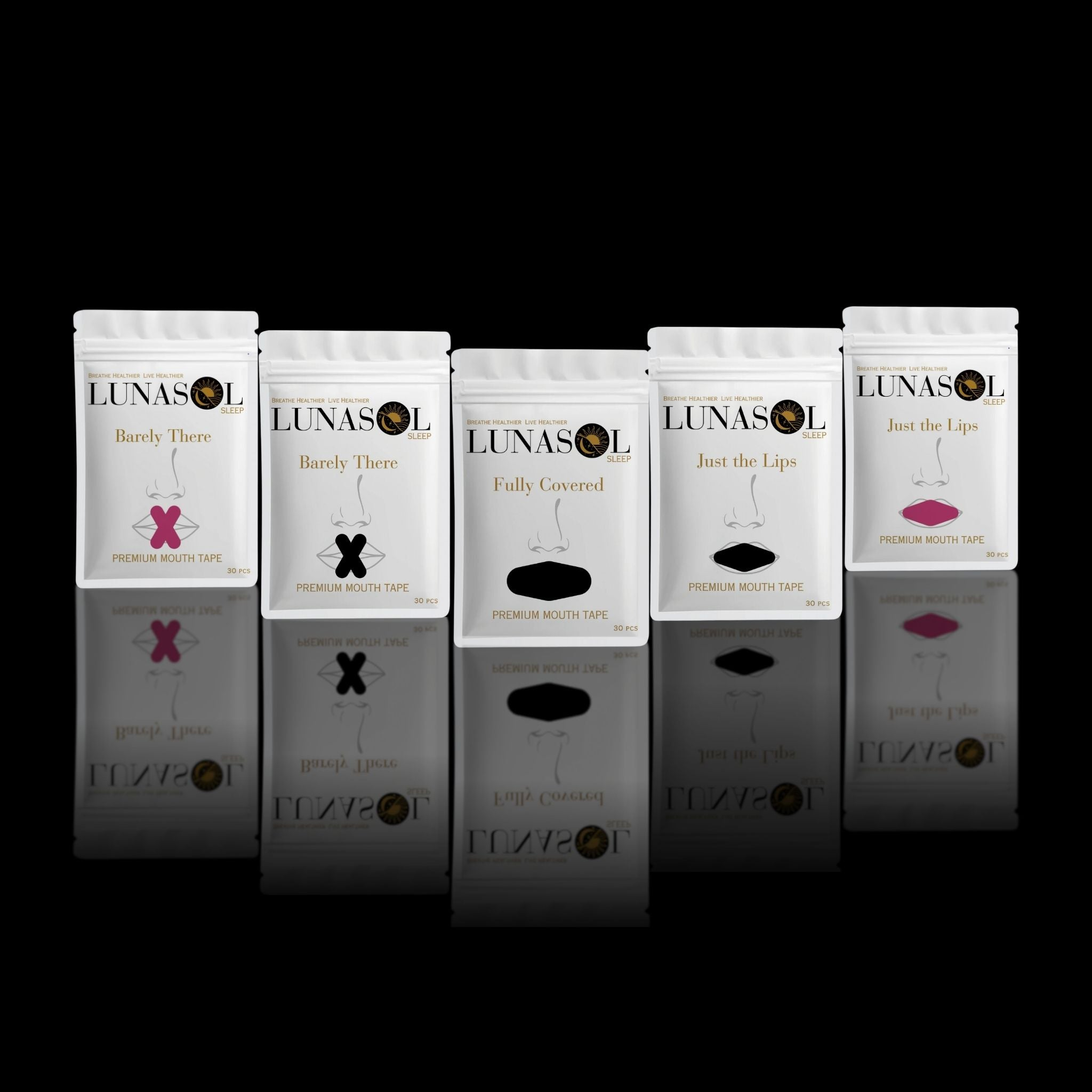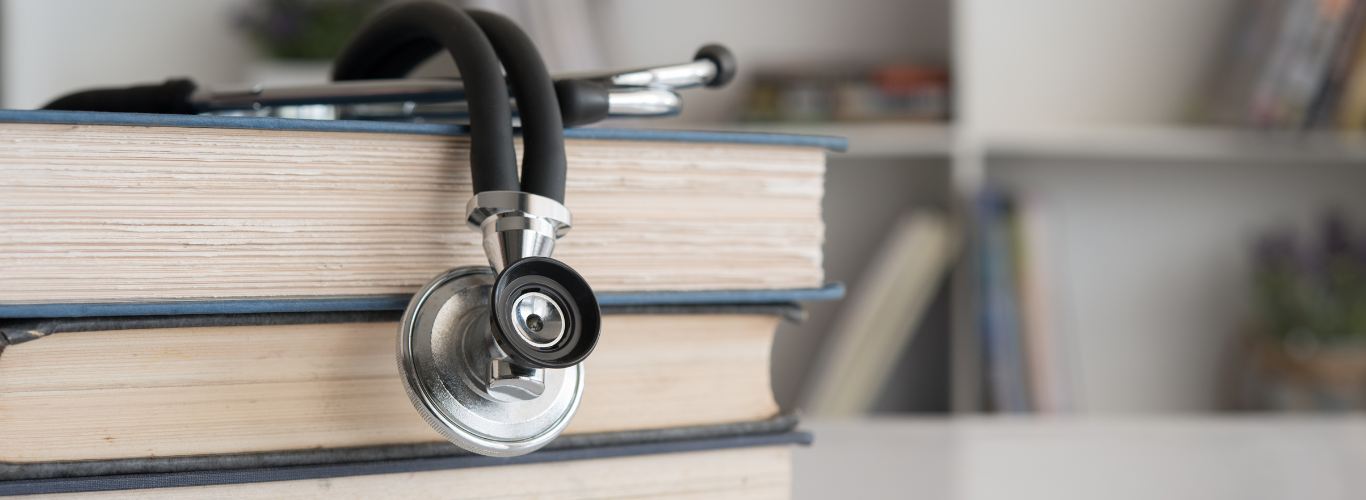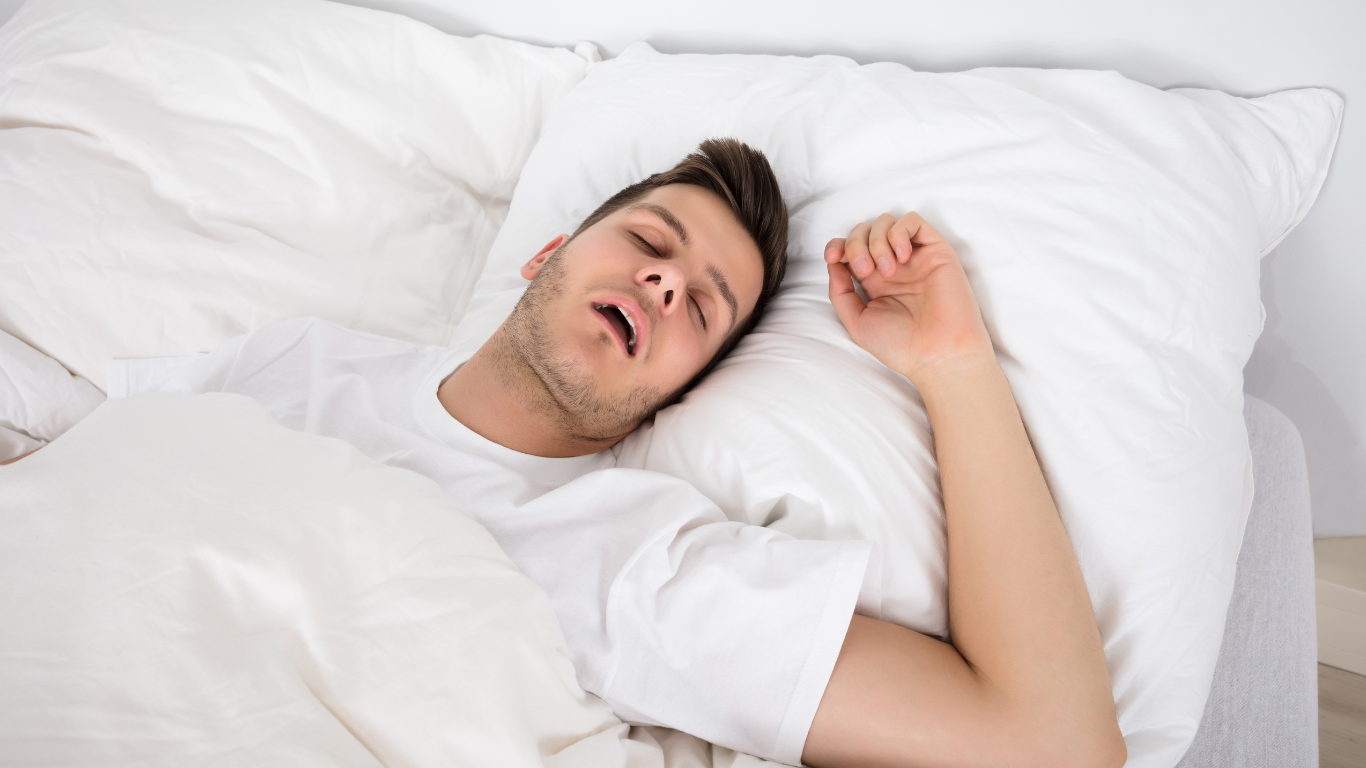Breathing: It's something we do every day without much thought. On average, we breathe more than 20,000 times a day, but most of us rarely consider how we're doing it. Breathing through the nose or the mouth might seem like a trivial choice, but it can profoundly impact your mental and physical health, athletic performance, and even sexual vitality. Interested? Let's dive in (through the nose, of course) into the world of nasal vs. oral breathing.
The Nose Knows: Benefits of Nasal Breathing
Our noses are nature's wonders, specifically designed to process the air we breathe. When you breathe through your nose, you activate a system tailor-made for optimal health.
1. Air Filtration and Purification
Ever wondered why your nose is full of those tiny hairs and mucus that always seem to need blowing? They’re not just for decoration! Nasal passages are equipped with cilia (tiny hairs) and a sticky mucus layer that work together as an advanced filtration system. When you breathe through your nose, these components capture dust, allergens, and pathogens, preventing them from reaching your lungs and causing respiratory infections.
Effect: Reduced allergies, asthma symptoms, and respiratory infections.
2. Humidification and Temperature Regulation
Imagine taking a deep breath on a cold winter's day. If you're breathing through your nose, the air is warmed and humidified as it passes through the nasal passages, creating the perfect environment for your lungs. This system ensures that the air you breathe is at the right temperature and humidity level before it reaches your lungs.
Effect: Less irritation in the respiratory tract, reducing cough and wheezing.
3. Nitric Oxide Production
This is where the magic happens. Nitric oxide (NO), a gas naturally produced in the nasal passages, plays a crucial role in vascular health. When you breathe through your nose, NO is released into the lungs, helping to dilate blood vessels and improve circulation.
Effect: Better blood flow, enhanced athletic performance, and improved sexual health.
4. Optimized Oxygen Absorption
Nasal breathing allows you to regulate your breathing rate more effectively than mouth breathing. It also ensures better control over carbon dioxide (CO2) levels, which are essential for efficient oxygen absorption.
Effect: Increased stamina, reduced fatigue, and enhanced mental clarity.
5. Relaxation Response and Parasympathetic Activation
Feeling anxious or stressed? Take a deep breath through your nose. Nasal breathing activates the parasympathetic nervous system, also known as the "rest and digest" system. This relaxation response counteracts the "fight or flight" stress response, helping you calm down and focus.
Effect: Reduced anxiety, better sleep quality, and improved mental focus.
6. Prevention of Sleep Respiratory Disorders
Do you snore? It might be worth checking how you're breathing. Nasal breathing can reduce the risk of sleep apnea and snoring by keeping the airways open and preventing the tongue from blocking the throat. The result is a deeper, more restorative sleep.
Effect: Deeper sleep, reduced fatigue, and better overall health.
The Mouth Mayhem: Disadvantages of Mouth Breathing
While the nose works wonders, mouth breathing can wreak havoc. Here’s why:
1. Poor Filtration
Think of the nose as a high-efficiency air filter and the mouth as... well, a big open door. When you breathe through your mouth, you bypass the nasal filtration system entirely, allowing allergens and pathogens to enter the respiratory system.
Effect: Increased risk of respiratory illnesses, allergies, and asthma.
2. Dry Mouth and Dental Issues
Ever wake up with a mouth as dry as the Sahara Desert? That's the work of mouth breathing. It dries out your oral cavity, leading to gum disease and cavities.
Effect: Bad breath, cavities, and inflamed gums.
3. Reduced Nitric Oxide Production
With mouth breathing, nitric oxide production is significantly lower, impacting blood circulation and oxygen delivery.
Effect: Reduced athletic performance and compromised cardiovascular health.
4. Oxygen and Carbon Dioxide Imbalance
Breathing too quickly through the mouth can lead to hyperventilation and an imbalance in blood gases like oxygen and carbon dioxide.
Effect: Dizziness, fatigue, and increased stress levels.
5. Increased Risk of Sleep Respiratory Disorders
Mouth breathing can cause the airways to collapse during sleep, increasing the risk of snoring and sleep apnea.
Effect: Poor sleep quality, daytime fatigue, and cardiovascular issues.
6. Facial Development Issues (in Children)
For children, chronic mouth breathing can affect the growth and development of facial structures. Over time, this can lead to a narrow jaw, misaligned teeth, and what is often referred to as "long face syndrome."
Effect: Narrow jaw, misaligned teeth, and "long face syndrome."
Nasal vs. Mouth Breathing: A Visual Comparison
| Aspect | Nasal Breathing | Mouth Breathing |
|---|---|---|
| Filtration | Filters allergens, pathogens, and dust | Minimal filtration |
| Humidification | Humidifies and warms the air | Dry air |
| Nitric Oxide Production | Significant production | Minimal production |
| Oxygen Absorption | Efficient blood gas regulation | Potential hyperventilation |
| Parasympathetic Activation | Activates relaxation response | Activates stress response |
| Sleep Quality | Reduces snoring and sleep apnea risk | Increases snoring and sleep apnea risk |
| Dental Health | Moistens the oral cavity | Dry mouth, gum disease |
| Facial Development (Children) | Supports normal growth | Narrow jaw, misaligned teeth |
How Mouth Taping Improves Nasal Breathing
A practical solution to encourage nasal breathing is mouth taping, which is exactly what it sounds like: taping your mouth shut while you sleep to train your body to breathe through the nose. I know it sounds like something out of a horror movie, but it’s surprisingly effective and backed by science.
Benefits of Mouth Taping:
- Reduced Snoring and Sleep Apnea: Encourages nasal breathing, reducing snoring and the risk of airway obstruction.
- Improved Absorption and Blood Flow: Maintains blood gas balance, improving circulation and reducing cardiovascular risks.
- Better Sleep Quality: By preventing mouth breathing, mouth taping promotes deeper, uninterrupted sleep.
- Enhanced Oral Health: Prevents dry mouth and related dental issues like bad breath and gum disease.
- Increased Energy and Mental Focus: Better sleep and improved oxygen delivery mean higher energy levels and sharper focus during the day.
How to Practice Mouth Taping:
- Choose the Right Tape: Opt for hypoallergenic, skin-friendly mouth tape, like Lunasol Sleep Tape.
- Apply Before Bed: Clean and dry your lips, then apply the tape horizontally across the center of your lips.
- Stay Consistent: Make it a nightly habit to see long-term benefits.
Breathing Tips for a Healthier Life
- Practice Nasal Breathing: Make a conscious effort to breathe through your nose during the day.
- Incorporate Breathing Exercises: Try alternate nostril breathing or diaphragmatic breathing. Even just a few minutes a day can help train your body to breathe better.
- Use Mouth Tape: Use mouth tape at night to train your body to breathe through your nose.
- Stay Hydrated: Keep your airways moist by drinking plenty of water. This makes breathing easier and improves overall health.
- Address Allergies and Congestion: If allergies or congestion make nasal breathing difficult, consult your doctor for solutions like nasal sprays, antihistamines, or decongestants.
- Strengthen Your Breathing Muscles: Breathing exercises like "The Buteyko Method" or "The Wim Hof Method" can improve lung capacity and strengthen breathing muscles.
Conclusion
How we breathe profoundly impacts every aspect of our lives, from our mental focus to our cardiovascular health. By choosing nasal breathing over mouth breathing, you can unlock a world of benefits and avoid the pitfalls of poor breathing habits. So, the next time you take a breath, remember: the nose knows!
Breathe | Sleep | Live Healthier
References:
- Nestor, J. (2020). Breath: The New Science of a Lost Art. Riverhead Books.
- McKeown, P. (2015). The Oxygen Advantage. HarperOne.
- Stanford University School of Medicine. (2020). Research on the impact of nasal vs. mouth breathing on sleep and overall health.


















